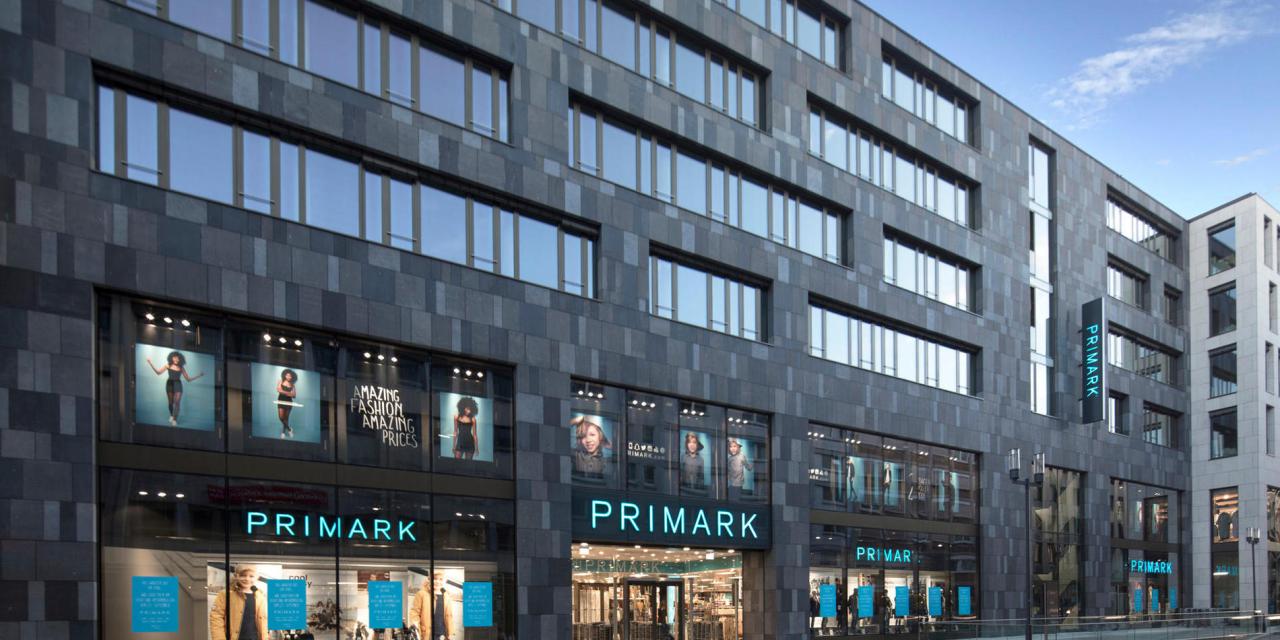Why bargain clothing retailer Primark is finally investing in digital

Bargain clothing retailer Primark is readying a new digital strategy that has ignited rumors of a move into e-commerce, an area it has long ignored in order to keep a lid on costs.
Emerging from a difficult pandemic, which saw the majority of its roughly 390 stores shut amid lockdowns, the company is building a “digital platform” to “create new digital capability within the business,” according to parent Associated British Foods. A new customer-facing website is slated for the next calendar year that will showcase more of its inventory and product availability by store, though the company has given few other details about what features the website will have. Still, it’s an improvement from Primark’s current website, which lists thousands of items but lacks sizing info, recommendations and the ability for customers to get products delivered to them.
Instead of a seismic shift toward e-commerce, Primark is expected to use its new website as a precursor for a click and collect service, according to analysts. The retailer will likely limit the experiment to select stores initially as it grapples with the logistics of such an operation. Primark declined to comment.
“I suspect the new platform will give them the possibility to launch click and collect in the future,” said Jon Cox, head of European consumer equities at Kepler Cheuvreux, an independent European financial services company. “However, I would not anticipate a move into online delivery given the economics with Primark’s low-cost business model,” he added.
“By eventually trialing a limited click-and-collect offering, Primark can work out the details of the service in terms of staff requirements, stock planning, product pricing, service charge, returns policies, etc.,” said Anubhav Malhotra, equity research, consumer, Liberum, a U.K.-based independent investment bank.
In that sense, Primark’s cautious digital strategy mirrors the trend in the U.S. of discount and off-price retailers gradually embracing digital and e-commerce services to varying success. The likes of TJX (operator of TJ Maxx, Marshalls and HomeGoods), Ross Stores and Burlington have either introduced online shopping in recent years or abandoned it to focus exclusively on in-store purchases as their post-lockdown strategies.
Like those retailers, Primark is trying to pinpoint the importance of online following the massive surge in e-commerce orders last year.
Ad position: web_incontent_pos1
More specifically, it is facing the eternal dilemma of whether it can make a profit selling its low-cost products online. Based on its statements, the company continues to believe that it is not feasible to do so, despite a complete cutoff of trading during the pandemic. The repeated shutdown of its stores saw it lose £2 billion in sales in fiscal 2020, with operating profits down 60% year over year to £362 million.
Despite bouncing back to hit £1.6 billion in retail sales in the 16 weeks to June 19 after reopening, the coronavirus pandemic continues to cause volatility for its operations. In a trading update on Monday, parent Associated British Foods said Primark was struggling with industry-wide supply chain issues and sales weakness caused by an uptick in people being forced to self-isolate.
U.K. like-for-like sales dropped 24% compared with last year over a four-week period from mid-June, though they have partly improved since self-isolation rules were eased in August.
Primark would have to contend with the potential cost of an e-commerce service on its huge physical footprint. The retailer operates a total 16.5 million square feet of selling space in 13 countries across Europe and the U.S., its immense stores eclipsing those of its competitors Zara and H&M.
“An online offer could cannibalize store sales and make them unprofitable,” Malhotra said.
Ad position: web_incontent_pos2
“Even a click and collect service would require giving up a very significant part of its retail estate given how big the Primark customer base is, and how used to they are to shopping for clothing online,” he added.
Studies have shown an overlap between Primark’s customers and those of its online fast-fashion rivals. A GlobalData survey showed that consumers who frequent Asos and Boohoo are more likely to shop at Primark than any other online or store-based retailer.
“I understand the company’s position, but suspect that ultimately, with ongoing share gains by online clothing retailers, Primark could be at a disadvantage given the structural shift away from high street shopping,” Cox said.
Those existential issues may explain why Primark is keeping its cards close to its chest.
The company has already built a solid digital showing in one area. Primark has an established social media presence that has grown in spite of the pandemic. The company’s follower count increased 10% year over year in 2020. It now stands at about 24.5 million followers across Instagram, Facebook, Pinterest, TikTok and other social media.
In the near term, it is focusing on a new digital store-front to display more of its products. Currently, consumers have to phone their local Primark store to check if they have the item they want in stock.
In a crowded fast fashion market, Malhotra said, “the goal is to reach consumers at the start of their shopping journey.”

